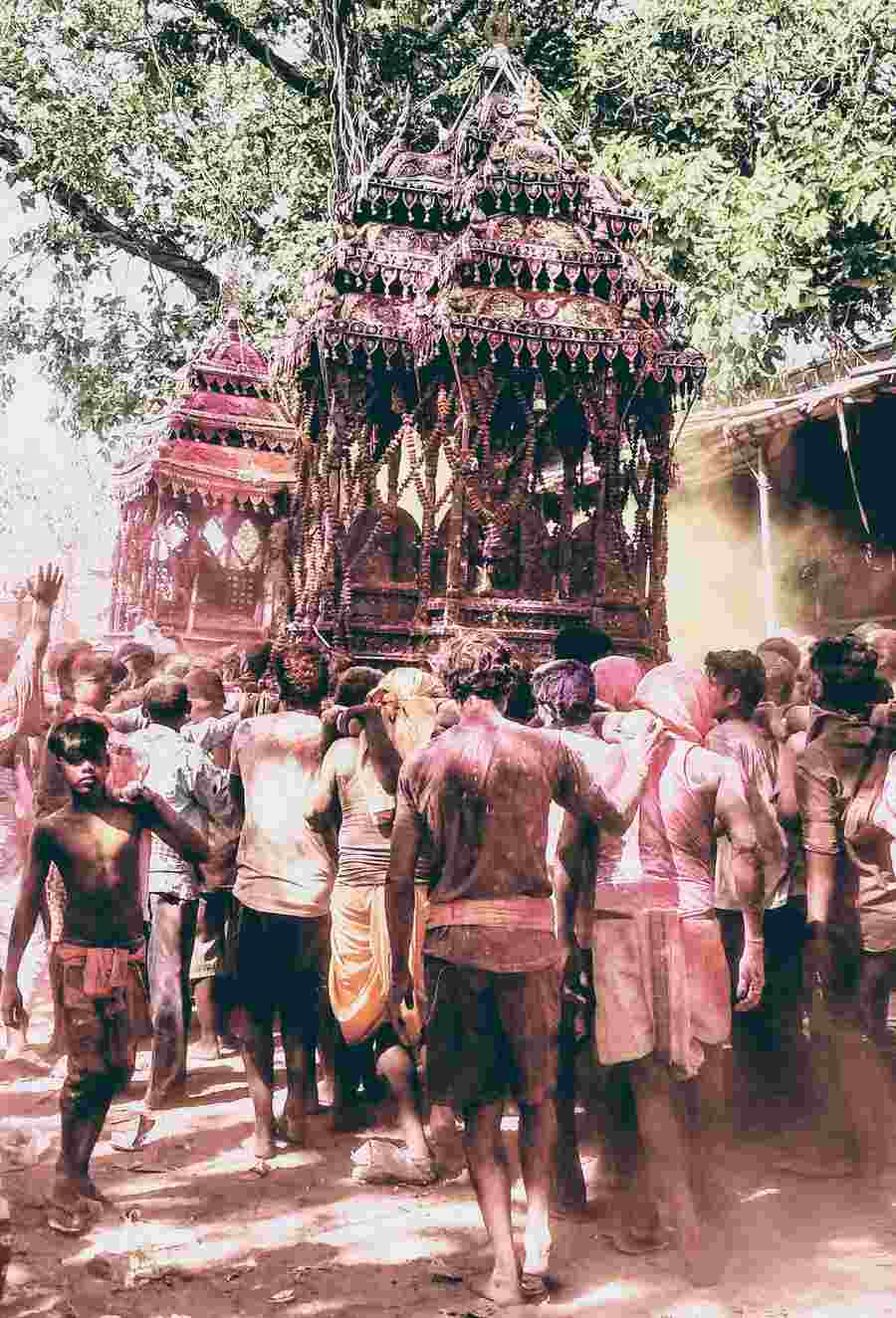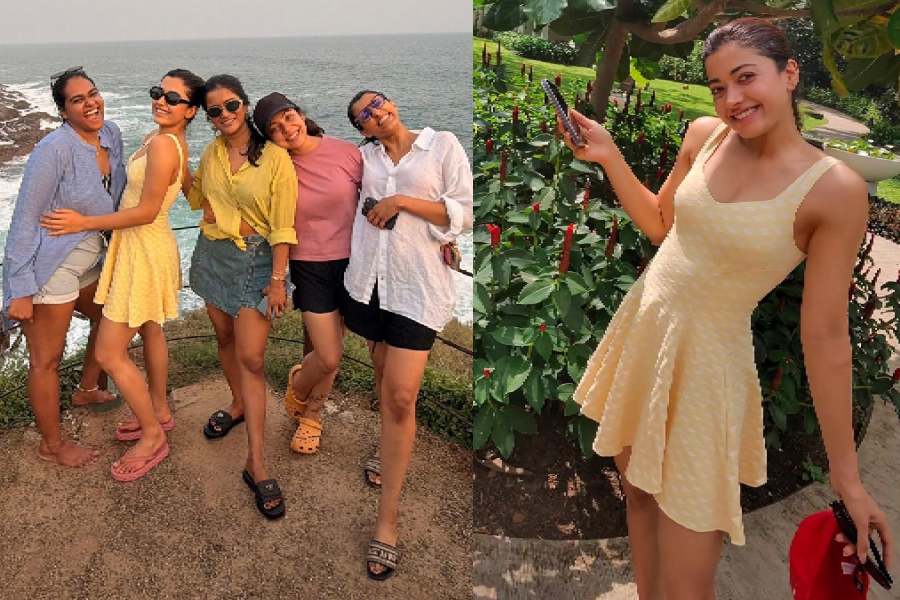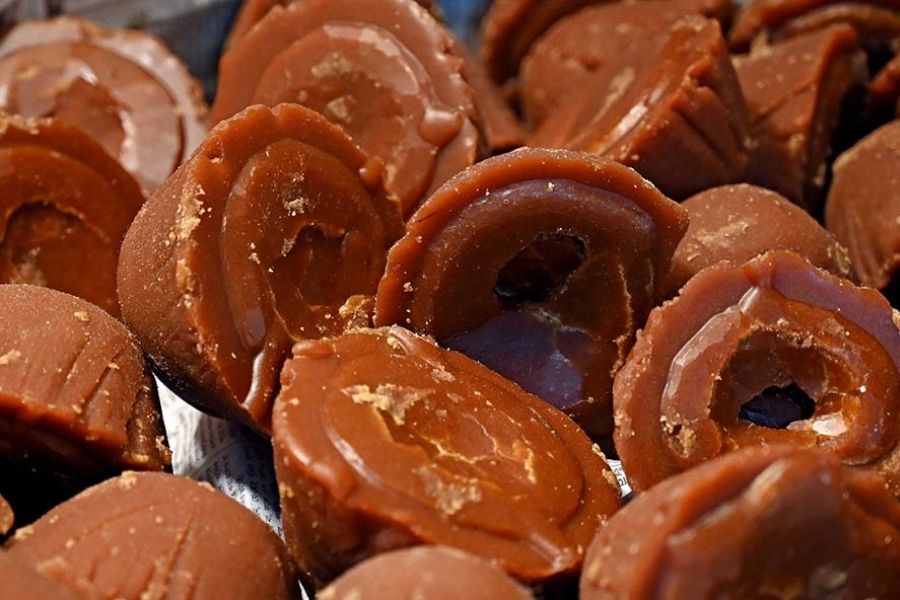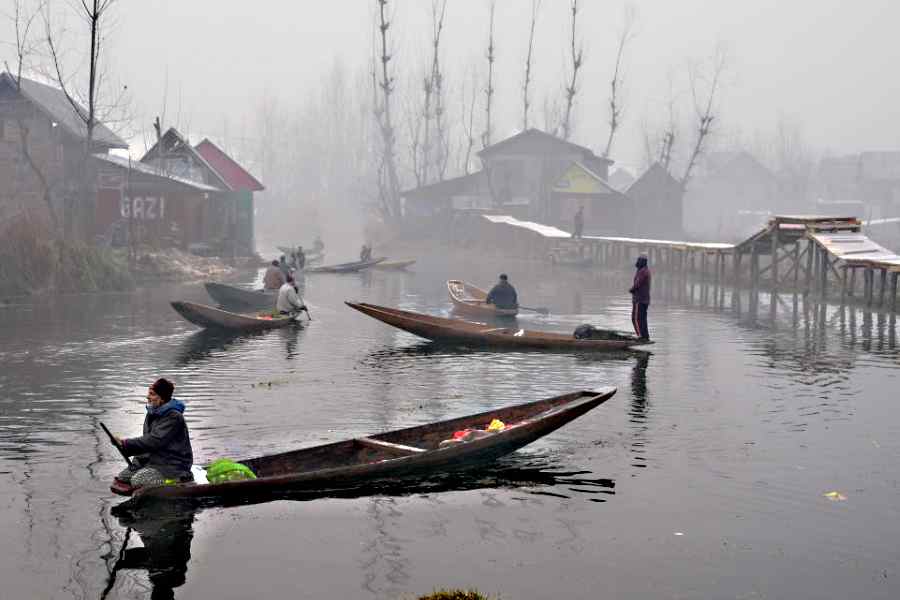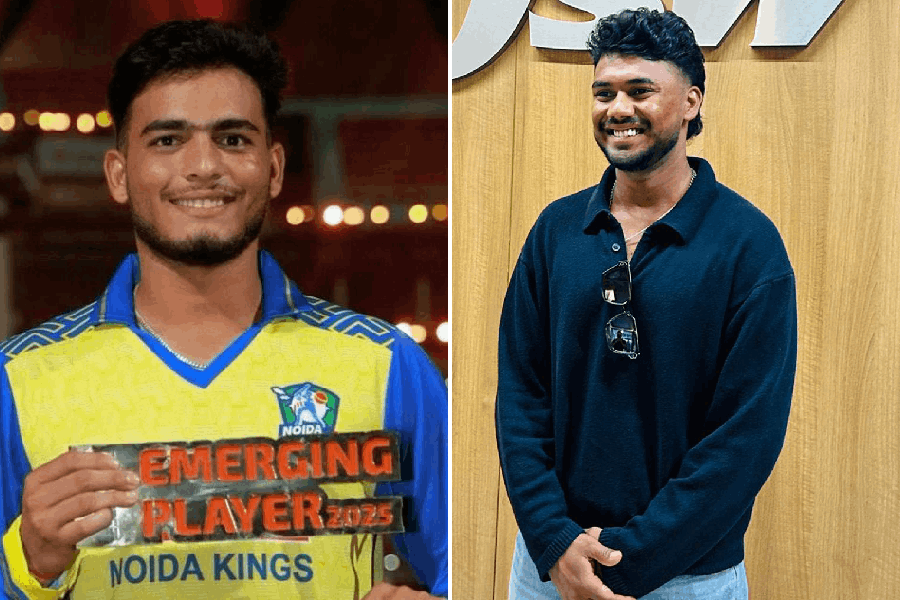Phoolonwali Holi, which translates to ‘Holi of flowers’ is a mainstay of the celebrations in Mathura, Uttar Pradesh. Played with flowers and organic colours made from flowers, this form of Holi is also played in Vrindavan, Nandgaon and Gokul. In Gokul, Phoolonwali Holi is also known as Braj Ki
Phagunwa, is prevalent in Bihar in the area where the Bhojpuri dialect is spoken. Phagun is the word for Spring — the season of Holi when trees are in bloom. Folk songs plays a key role to celebrate the occasion, and thandai and gujiya are an intrinsic part of Phangunwa festivities
Dola, celebrated in Odisha, is a five- to seven-day affair and commemorates Lord Krishna. During this time, devotees participate in processions, with Krishna idols being carried in chariots, and smear gulaal on the idol as well as on each other
Yaosang is a five-day-long festival in Manipur’s Lamda and involves the worship of avatars of Krishna. Sankirtana performances are held at temples throughout the five days, and people play with colours mixed in the wells of the Govindjee Temple. On the last day, a ceremonial hut or Yaoshang meithaba is set alight as a reminder of the defeat of evil by Lord Vishnu’s avatar — Krishna
Masan Holi celebration reels are sure to have shown up on your Instagram feed recently. Celebrated in Varanasi (Benaras), this is perhaps one of the most unique types of Holi celebrations. The festivities on Rangbhari Ekadashi after the Mahashamshannath Aarti at the Harishchandra Ghat, and devotees of Shiva play with pyre ash instead of gulaal. This is also celebrated at the Manikarnika Ghat in Varanasi


